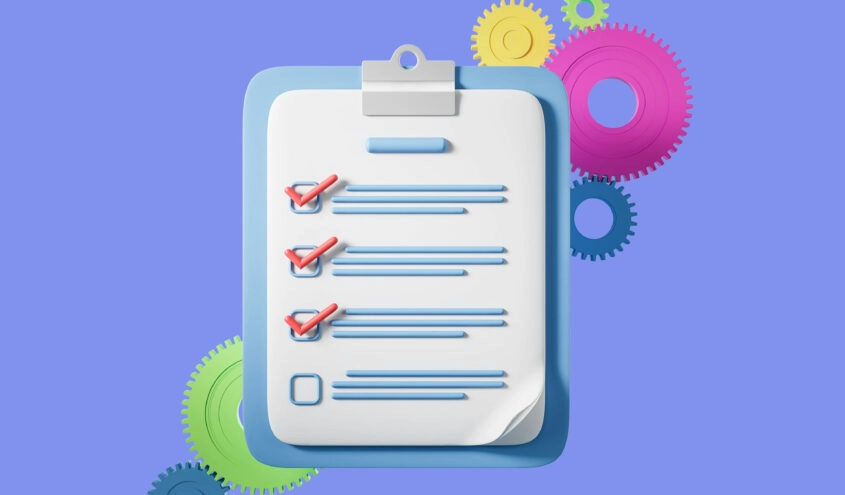What Is Marketing Automation?
Marketing automation refers to the processes aimed at automating marketing operations.
By streamlining repetitive tasks—such as sending emails or managing social media activity—it saves time and allows teams to focus on the overall communication strategy and innovation.
Benefits of Implementing Marketing Automation
-
Save time for teams through automation.
-
Nurture leads by delivering high-quality, personalized content. The key is to understand where a prospect is in the buying journey and provide the right content at the right time to guide them toward conversion.
-
Increase sales.
-
Boost purchase frequency and customer loyalty.
-
Enhance brand image and credibility.
-
Improve user experience and customer relationships.
-
Increase brand and product awareness.
How to Implement a Marketing Automation Strategy
1. Map the User Journey
To build an effective strategy, you need to understand your users and define typical customer journeys. Identify the steps prospects take before making a purchase—these may vary depending on profiles or personas.
2. Define Your Objectives
Do you want to increase your conversion rate by 10%? Improve loyalty by boosting repeat purchases by 20%?
Setting clear, measurable goals will help you determine the right actions and KPIs to assess your campaigns’ performance.
3. Identify Tasks to Automate
Examples include:
-
Sending emails/SMS
-
Publishing content on social media and managing comments
-
Generating analytics reports
-
Segmenting contacts
-
Creating forms
-
Lead scoring to identify the most qualified prospects
4. Create Automation Workflows
Design workflows based on user journeys, profiles, and actions on your website. Write engaging, personalized, high-quality content.
Example: A visitor leaves their email to access a webinar replay → they receive a thank-you email with the link → later, they get additional related content → finally, they receive a follow-up email showcasing relevant products or services.
5. Choose Your Tools
Select tools that match the actions you want to automate, taking into account pricing and user interface.
Examples: HubSpot, Brevo, Marketo, etc.
6. Measure and Optimize
Adopt a continuous improvement approach. Track performance using the KPIs you defined and adjust campaigns as needed.
Limitations of Marketing Automation
Keep in mind that marketing automation operates in the middle of the conversion funnel—its purpose is not to generate leads directly. You must grow your email database organically.
To be truly effective, marketing automation should be paired with other actions such as:
-
Organic (SEO) and paid search (SEA)
-
Adding forms to your website
-
Offering gated content (white papers, webinar replays, etc.)
-
Creating a newsletter
-
Physical prospecting (trade shows, in-store promotions, etc.)
- Best practices
- FAQ
